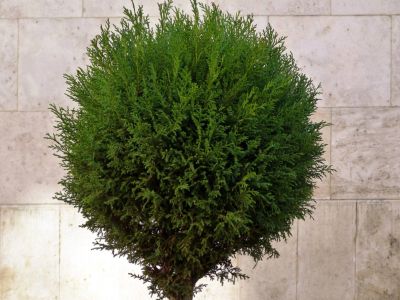Juniper Info
There are more than 170 cultivated varieties of juniper, including low-growing ground cover or edging plants, shrubs, and trees. The shapes include narrow columns, tight pyramids, and rounded forms that spread as wide as their height or more. The fragrant foliage can be either needles or overlapping scales. Some shrubs have both types of foliage because the leaves start out as needles and transition to scales as they mature. Juniper shrubs are either male or female. The male flowers provide the pollen for the female flowers, and once pollinated, the females produce berries or cones. One male shrub can provide pollen for several females.
How to Take Care of Junipers
Plant juniper shrubs in a location with full sun or light shade. When they get too much shade, the branches spread apart in an effort to let more sunlight in, and the damage to their shape can’t be repaired. Junipers grow in any type of soil as long as it is well-drained. Many types make excellent street shrubs because they tolerate the spray from road salt and other urban pollution. Plant container-grown junipers any time of year. Shrubs with balled and burlaped roots are best planted in fall. Dig the planting hole as deep as the root ball and two to three times wider. Set the shrub in the hole so the soil line on the stem is even with the surrounding soil. Backfill with the soil removed from the hole without amendments. Press down firmly as you fill the hole to remove air pockets. Water deeply after planting and add additional soil if it settles into a depression. Water young shrubs during dry spells for the first two years. Afterward, the shrub is drought tolerant and can make do with what nature provides. Fertilize the shrub with 10-10-10 fertilizer in spring of the year after planting and every other year thereafter.
